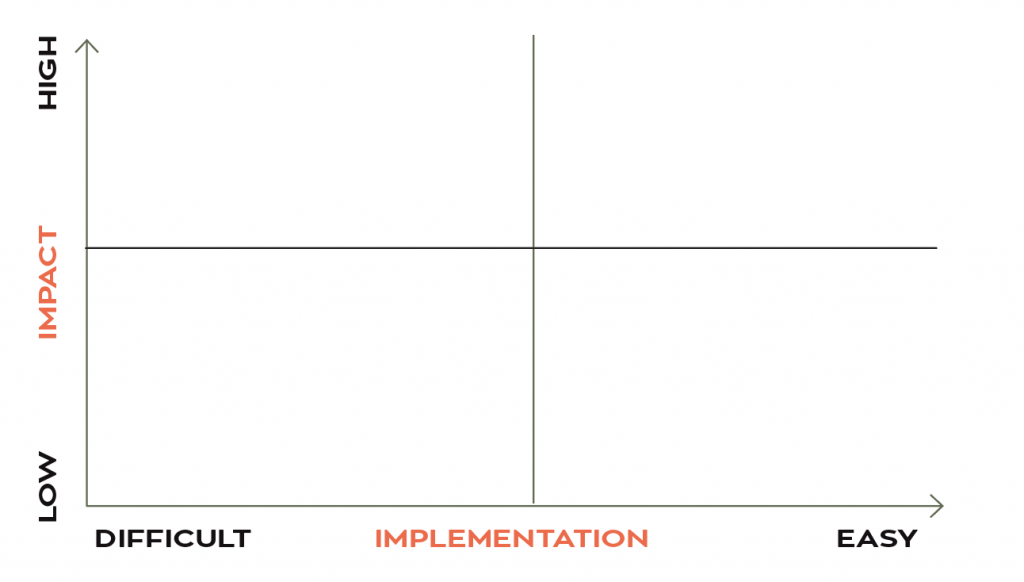1. Adopt and live by Herb Kelleher’s mantra:
“The business of business is people — yesterday, today, and forever.” The co-founder and former CEO of Southwest Airlines explained in a 2008 speech: “Among employees, shareholders, and customers, we decided that our internal customers — our employees — came first. The synergy, in our opinion, is simple. Honor, respect, care for, protect, and reward your employees regardless of title or position, and in return they will treat each other and their external customers in a warm, in a caring, and in a hospitable way. This causes external customers to return, thus bringing joy to shareholders.”
Watch the Youtube video here
2. Conduct a Conscious Business Summary Audit self-assessment.
Total your score for each of the pillars of Conscious Capitalism to see which are your areas of strength and which are your learning edges. (Download a PDF version of this audit here.)
3. Craft your own “Declaration of Interdependence” manifesto
Craft a manifesto that states your core mission and values, as Whole Foods Market and B Lab have done, and hold yourself accountable to it.
4. Do a Cultural Values Assessment.
This employee survey tool was developed by the Barrett Values Centre, a consulting agency that helps leaders measure and manage the culture of their organizations.
5. Introduce job-crafting to align people and positions.
This methodology, developed by researchers Amy Wrzesniewski (Yale School of Management), Jane Dutton (University of Michigan’s Ross School of Business), and Justin Berg (Stanford Graduate School of Business), helps workers identify how they can shape the realities of their duties — no matter the job — in subtle ways to make it more meaningful to them. The trio created a workbook and online workshops to help bring their research insights to organizations.
6. Establish a culture committee
And empower it to sustain and strengthen your workplace culture.
7. Start a recognition and celebration program
Craft your recognition and celebration to focus on shining a light on goodness within your company.
8. Kill all stupid rules.
Watch the Youtube video here
Lisa Bodell, CEO and founder of futurethink and author of “Kill the Company,” writes:
“Sometimes, to be more innovative, we have to stop doing things. In fact, we have to streamline or eliminate the barriers that are holding us back from being more innovative in the first place. One technique that we use with organizations is called Kill a Stupid Rule. Here’s how it works:
“Get your team into a room and ask them to brainstorm the following question: ‘If you could get rid of any rule, either kill it or change it, what rule would you choose and why?’ Put some guardrails around the brainstorm. Designate ‘red rules,’ those rules that cannot be touched because they are regulated by the government or would be illegal if you changed them. Everything else is a ‘green rule,’ and it’s fair game to be changed.
“After about 10 minutes of brainstorming, see what people come up with. You’ll be amazed! Many of the things you were holding people back in the first place. In fact, many of them will not be rules at all — they’re assumptions, processes, and annoying things around meetings and emails that perhaps you can change right now.
“But don’t let it stop there, because ideas mean nothing in a vacuum and you want your efforts to result in decisions. Ask everybody in the room to now put a stake in the ground and write, on a sticky note, the one rule they would really like to kill or change that would make a big difference. Then have them place the stickies on a decision matrix like the one below and see what emerges.

“On this 2 x 2 we have Implementation (is it difficult or easy to implement this rule?) and Impact on the business (does it have a low or high impact?). You can define what the key success factors are for your business. Then, see what clusters emerge. For example, if all the rules that people put up are easy to implement and have a high impact on the business, why aren’t we changing them? You’ll have a lot of great discussion and will be able to break down barriers more quickly in a very easy way.”
9. Develop a leadership checklist and align all your leadership development programs with it.
10. Assess and improve your customer experience using your Net Promoter Score (NPS).
Net Promoter is an index from −100 to 100 based on a simple question for customers: On a scale of zero to 10, with 10 being highest, what’s the likelihood that you would recommend our company to a friend or colleague? A response of 9 or 10 means a customer is a promoter; 7 or 8 means they’re passive; 6 or lower means a detractor. To calculate your NPS, take the percentage of promoters (9s and 10s) and subtract the percentage of detractors (6 and below). A score above 50 is considered a sign of strong customer loyalty and satisfaction, but no matter your score, consider also asking customers why they answered what they did and what you can do to improve — and then listen.
11. Organize a Future Search or Appreciative Inquiry Summit to co-create your future with key stakeholders.
These are both methodologies designed to “get the whole system in the room.” The details of the interventions differ, but both gather a large group of diverse stakeholders for a period of several days to tell stories and discover, dream, and design a better future.





